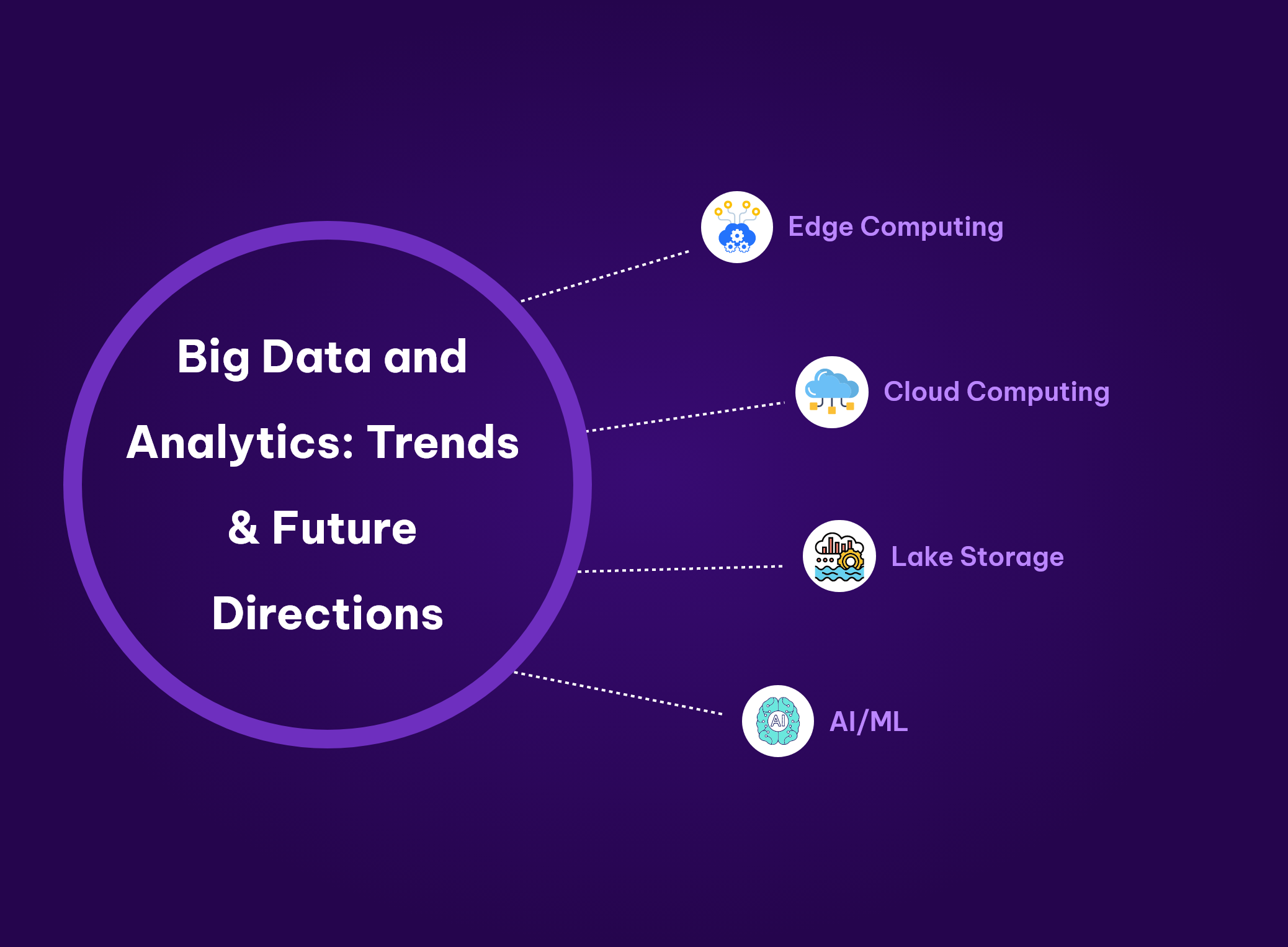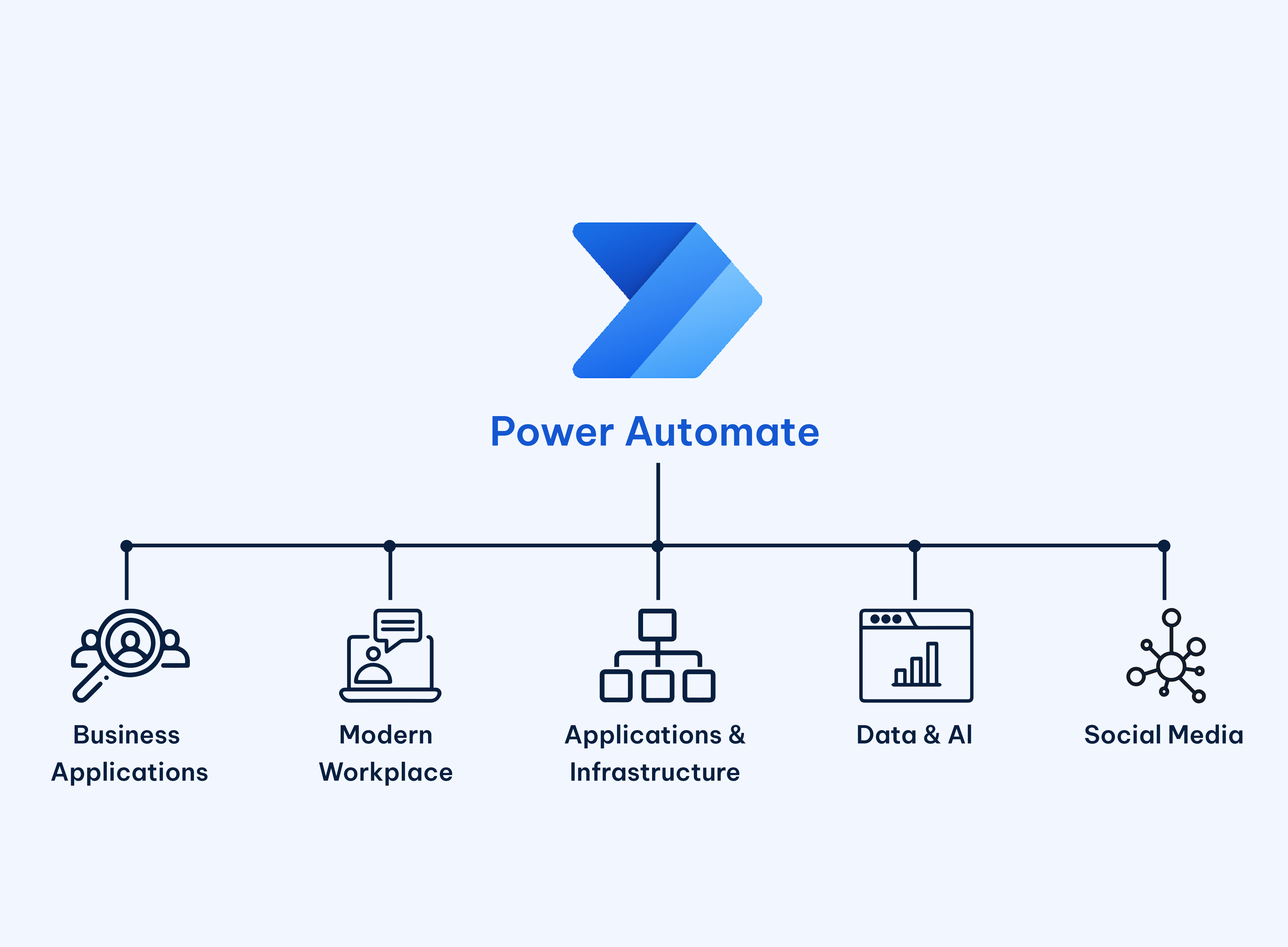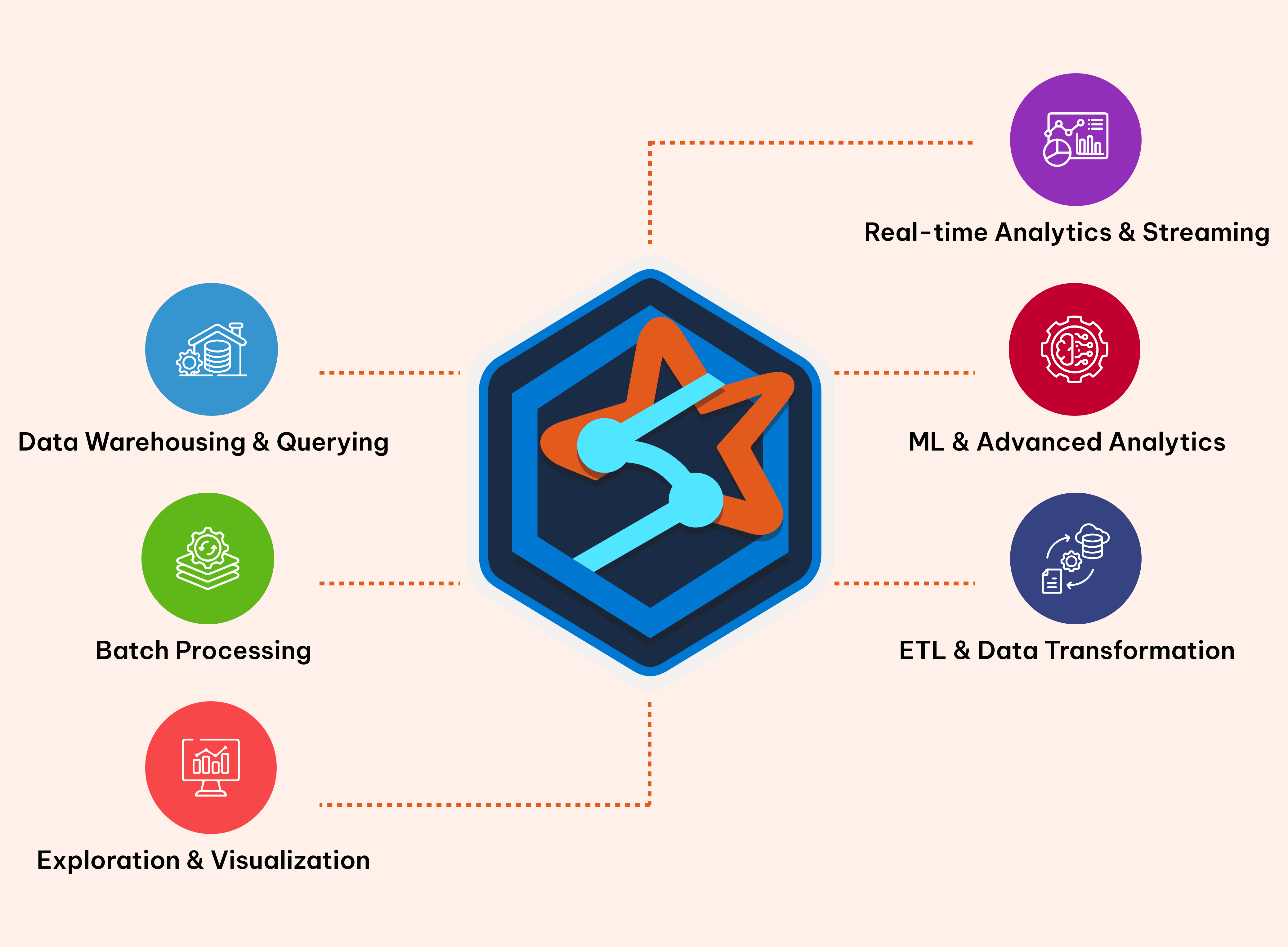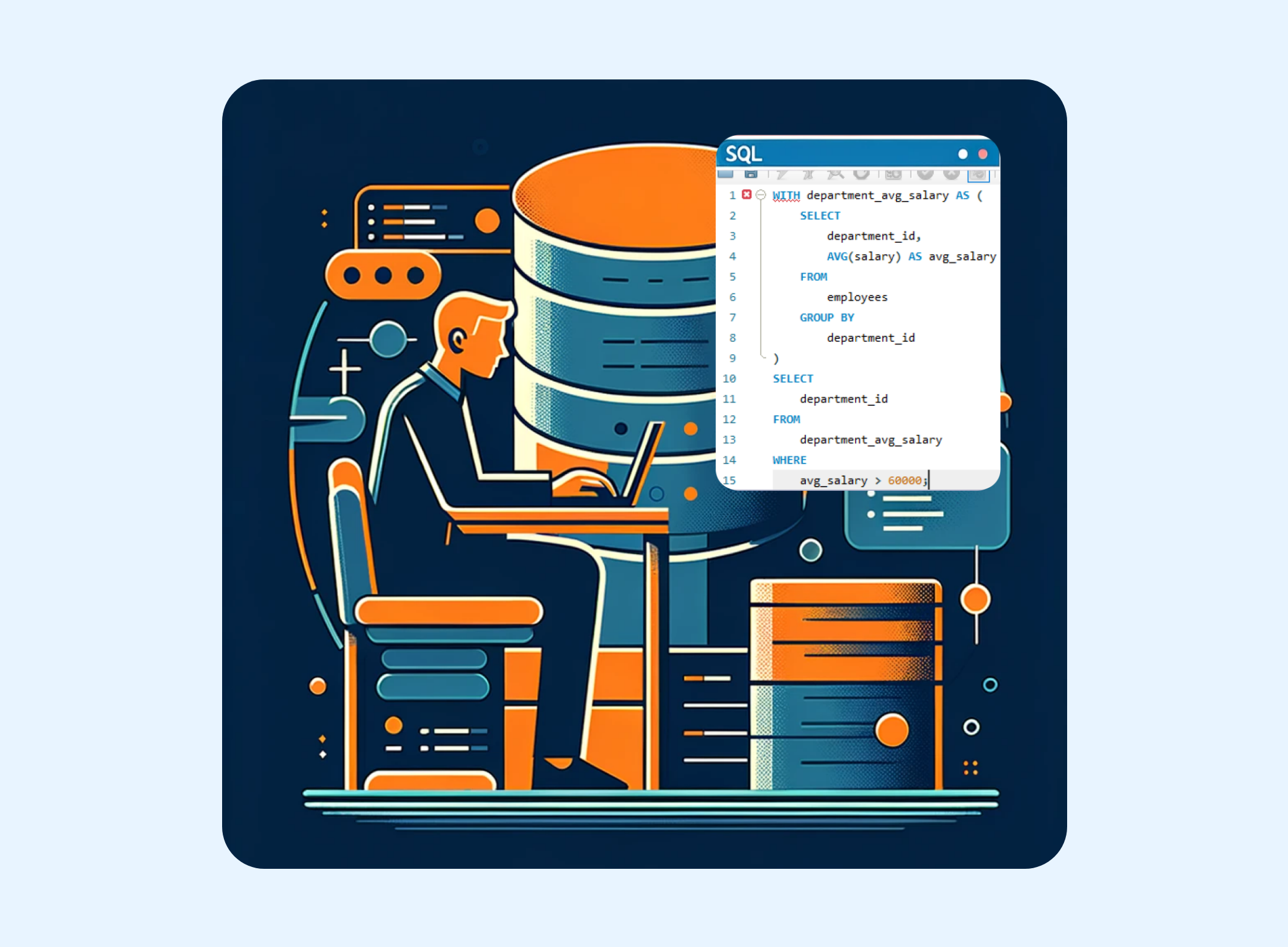Data Analytics
Understanding Text Analytics for Unstructured Data

In today's data-driven world, grasping customer needs, preferences, and emotions is crucial for businesses striving to stay competitive. With the surge in unstructured text data from sources like social media, customer reviews, emails, and surveys, traditional analysis methods fall short. That's where text analytics comes in, using natural language processing (NLP), machine learning, and statistical techniques to extract valuable insights from this data.
1. Understanding Text Analytics
Text analytics, often called the "language of machines," is a process that uncovers hidden insights in textual data. By using advanced algorithms, it helps businesses understand customer sentiments, identify key themes, and segment customers based on their preferences and behaviour. From sentiment analysis to topic modelling and text classification, it empowers organizations to make informed decisions.
2. Preparing Your Text Data
Before diving into text analytics, it's essential to prepare the data carefully. Just like polishing a gemstone reveals its brilliance, cleaning, preprocessing, and transforming text data set the stage for insightful analysis. Techniques like noise removal, tokenization, stemming (reducing words to their root form), lemmatization (reducing words to their base or dictionary form), and removing stop words ensure accurate analysis, reflecting true customer sentiments. Preprocessing unstructured text data is a vital step in data mining, transforming raw text into a structured format for analysis using natural language processing (NLP). Let's explore some key techniques used for this purpose:
- Text Cleaning and Normalization: This involves removing irrelevant text like HTML tags, special characters, punctuation, and numbers, and standardizing the remaining text by converting it to lowercase, removing stop words, and other techniques.
- Tokenization: Tokenization breaks down the normalized text into individual words or tokens, making it easier to analyse.
- Part-of-Speech Tagging: This assigns a part of speech to each token in the text, like noun, verb, adjective, or adverb, aiding in identifying grammatical structure.
- Named Entity Recognition (NER): NER identifies and tags named entities such as people, organizations, and locations within the text, useful for tasks like information extraction.
3. Basic techniques for analysing text include
- Word frequency analysis to identify commonly used words and synonyms.
- Collocation analysis to determine the meaning of words that frequently appear together.
- Concordance analysis to define word meanings based on context.
4. Advanced techniques consider context or themes across multiple documents, such as
- Text classification to identify themes, intent, and sentiment.
- Topic analysis to identify the main subject of a document.
- Language detection to categorize documents by language.
5. Tools and Platforms for Text Mining
- Natural language processing libraries like NLTK and spaCy offer functions for preprocessing, tagging, and analysis.
- Machine learning frameworks like Scikit-learn and TensorFlow enable building custom models for classification and prediction.
- Cloud-based services like Amazon Comprehend, Azure LUIS and Google Cloud Natural Language provide text analytics features like entity recognition and sentiment analysis, scalable for large volumes of data.
6. Using Sentiment Analysis
Sentiment analysis uncovers emotional tones in text data. By determining whether sentiments are positive, negative, or neutral, businesses can understand customer satisfaction levels, identify pain points, and areas for improvement. Leveraging advanced sentiment analysis tools helps quantify customer emotions accurately, guiding strategic initiatives to improve customer experience and build brand loyalty.

7. Segmenting Customers through Text Classification
Text classification is vital for segmenting customers based on their characteristics, preferences, and behaviours. Using rule-based approaches, machine learning, or pre-trained models, businesses can effectively categorize customers. By identifying distinct segments, organizations can customize products, services, and marketing strategies, enhancing engagement and loyalty.
Conclusion
In a data-driven era, harnessing text analytics is essential for businesses aiming to thrive. By unravelling unstructured text data, organizations unearth insights that drive strategic initiatives, enhance customer experiences, and fuel business growth. Embracing text analytics is not just a choice but a transformative journey towards unlocking the true potential of customer data and achieving sustained success.
Tags
- TextAnalytics
- NLP SentimentAnalysis
- MachineLearning
- UnstructuredData
- TextClassification
- NLTK
- SpaCy
- In22labs
- PowerBI
- Data Analytics
- e-governance
Written by
Amit Siddharth
Published on
01 February 2024





























